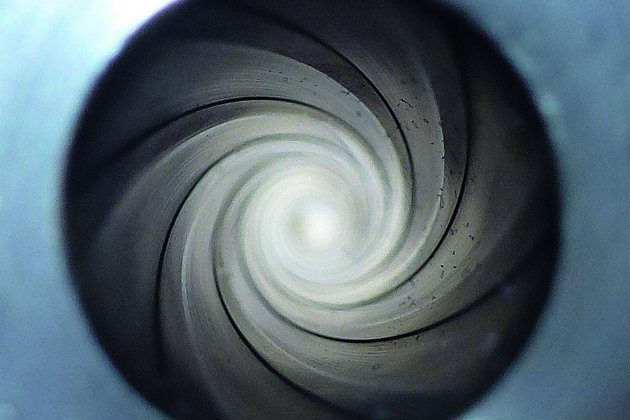Precision Rifle Cleaning
- The Overwatch

- Jan 14, 2024
- 4 min read

Cleaning a barrel on a long-range rifle or any rifle has been a long-debated topic. Most professional and amateur long-range shooters have some magic formula they use and swear by. Some shooters clean after every range trip, every 100 rounds, every five rounds, and some after every shot. When you ask about their method, they can explain in detail why and how this technique is best. Sometimes, what they say is interesting, and sometimes, I laugh a little on the inside—Que eye roll.
To Clean...
For this blog, I'll break the cleaning processes into two types: Those who clean their barrels and those who don't.
Let's first take a look at those that do clean their barrels.
I have seen some people clean after every round and some that will clean after every five rounds. These types of shooters most likely have an extremely high-end firearm or barrel, and either the barrel is perfect and shoots so well that it couldn't possibly shoot any more accurately, or at least they believe it does. The other reason to do this is for consistency. Every bullet is reloaded to be as perfect and consistent as possible and sent through a barrel that is always clean to get the maximum consistency. I see this cleaning process from professional bench rest shooters who make money. There is something to this process because, without a doubt, they are more knowledgeable and are a better shooter than I am, and who am I to argue with their process?
Another process I see is cleaning between every 50 to 250 rounds or after every range trip. From an amateur standpoint, this is more common. Mostly, this process is to keep the gun clean and in good working order, but these types of shooters probably believe their rifle needs to be cleaned, or they want to keep it maintained. They are an amateur PRS shooter or hobbyist. There is nothing wrong with this process. I think this might be the best method for the average shooter or hunter. Cleaning the barrel of a rifle is a routine part of maintenance, but I caution shooters not to remove the copper or at least all of it.
Or Not To Clean...
Now, let's take a look at the process of not cleaning. For the most part, this is where I am. I let my gun tell me when the barrel needs to be cleaned. I like to let copper build up into the barrel and create copper equilibrium. The microscopic cracks are filled with copper and carbon, leaving a tighter bore. I will, however, clean the outside of the rifle, the chamber, the bolt, and the trigger. Every so often, I will run a bore snake with a cleaning agent to pull out any loose carbon or powder buildup, followed by a patch of lubrication. When I "clean" the barrel, it is only to remove excess carbon buildup. I typically run a patch with solvent, followed by a cleaning brush. I scrubbed the barrel 10 to 15 times, followed by another patch with cleaning solvent. I'll typically do this two times, followed by a patch of lubricant, and call it done.
I like letting my rifle tell me when to clean the barrel. I have a good idea of my barrels, average minimum and maximum grouping between 100 and 500 yards. Once the rifle opens up past this maximum, or I see any other accuracy issues, I will thoroughly clean the barrel. My explanation is that tighter tolerances, in theory, should shoot better. When you reach copper equilibrium, this should be roughly the maximum amount of copper in the barrel. As you shoot, the bullet is removing copper and leaving copper behind. I lean towards the theory that the barrel can only get so dirty before the barrel becomes self-cleaning as the bullet is fired.
Copper Equilibrium
For me, this process starts with reloading and finding a bullet combination that works with the rifle and finding the best factory round the gun likes. I like to start with factory ammo first to give me a baseline of what the gun likes and test how the rifle shoots. Shooting groups with factory ammo gives me a baseline of how the weapon will group. As I developed a load for my rifle and found the bullet and powder combo, this process is getting my barrel to reach copper equilibrium. Once I finally find the best load for my rifle, I'll go back to factory ammo and compare the first several groups shot with a clean barrel with the groups shot with a dirty barrel. I use this information to determine if my rifle shoots better clean or dirty. With my Remington 700 chambered in .308 Winchester, it was definitely much better with a dirty barrel. My Tikka T3x Tac A1 was shooting .5 moa and sub .5 moa out of the box with everything I shot through it. In my experience, rifles shoot better with a dirty barrel.
There is no right way to clean a barrel. Try different methods and see what works best for your rifle. We are looking for what is going to give us the best accuracy. So, whatever that process is or looks like, stick to that because the proof is in the target.
The Overwatch





Comments